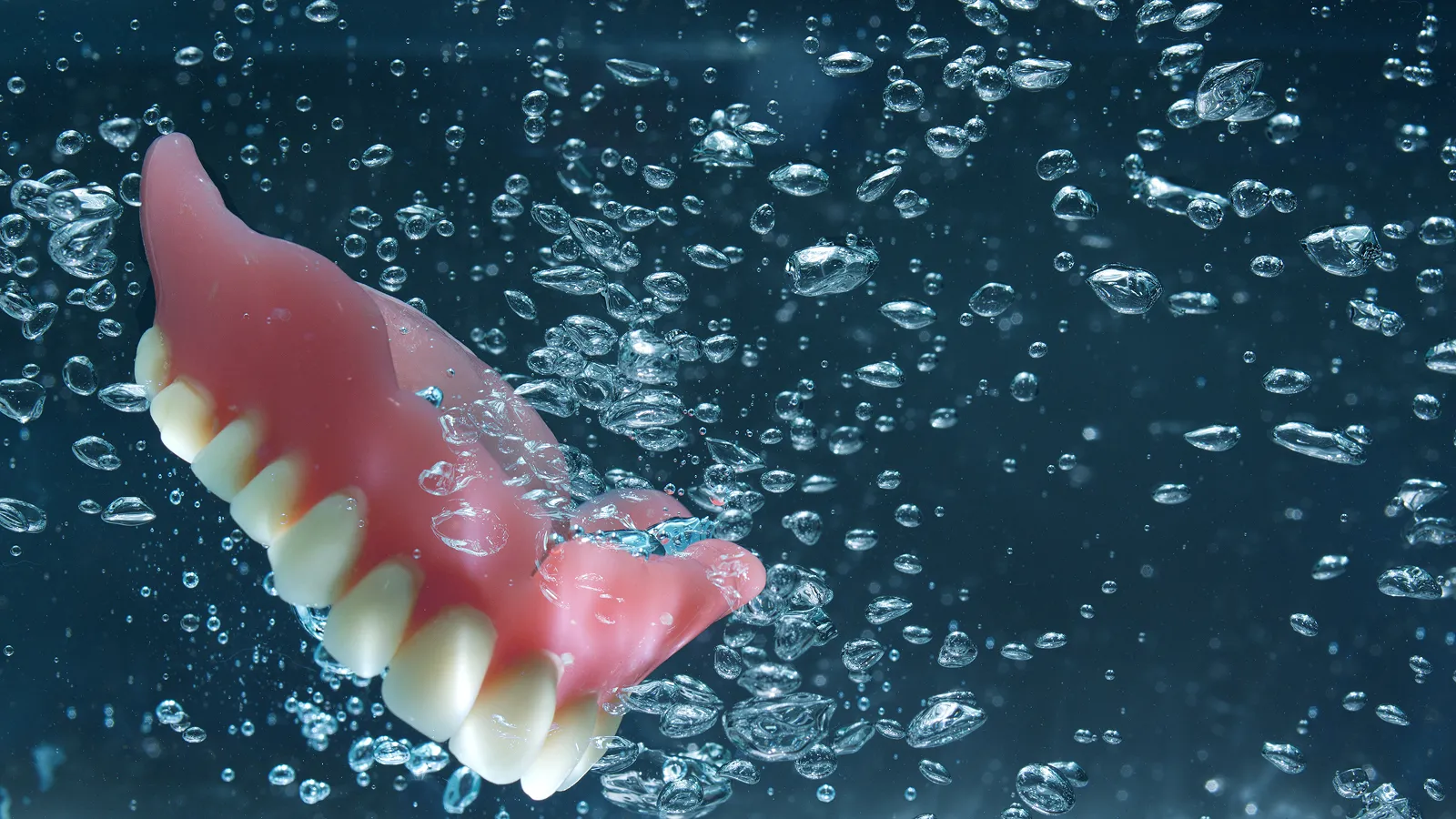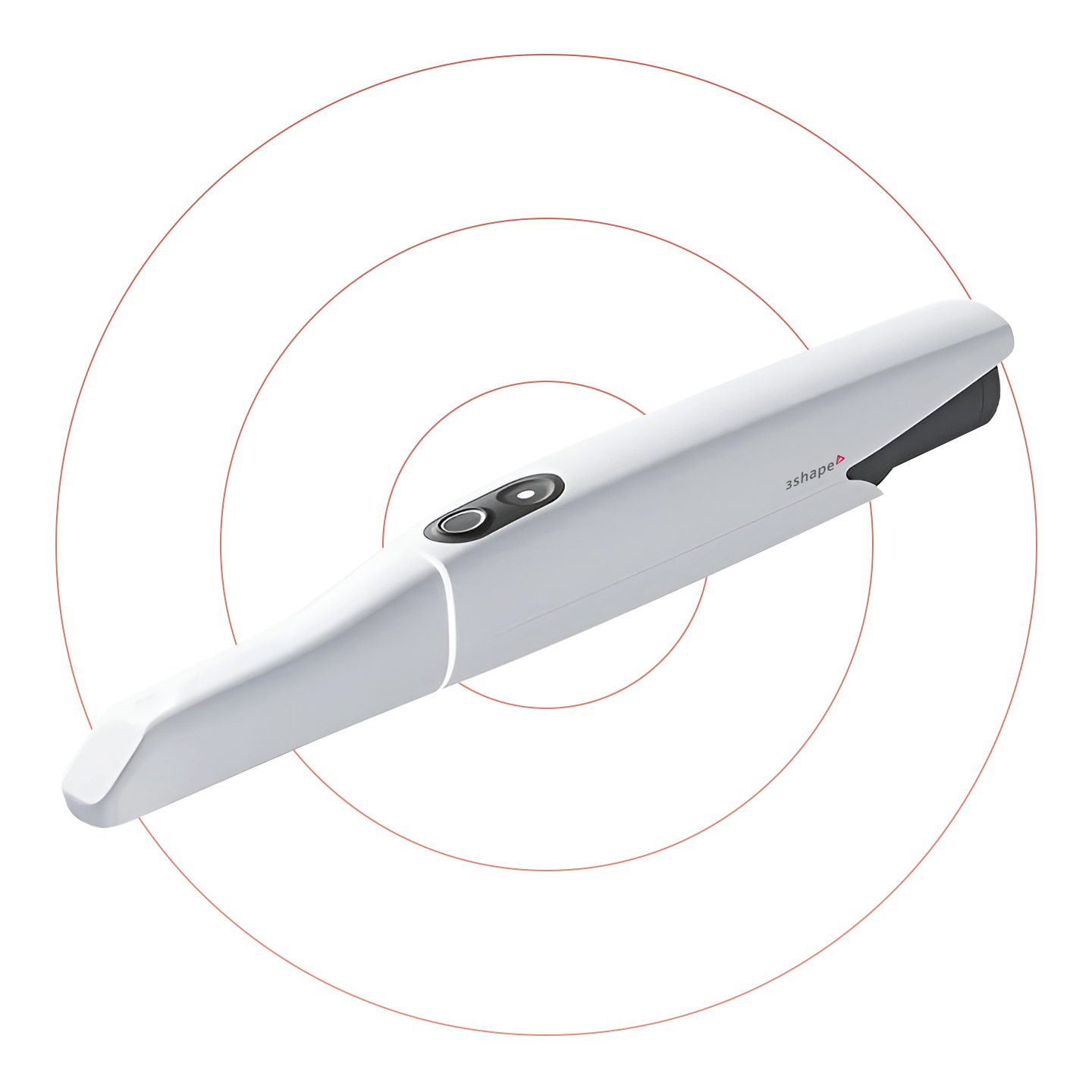Snap-on Dentures (Implant-Retained Overdentures): A Clinical Overview for Dentists
Snap-on dentures, also referred to as implant-retained overdentures, provide a removable yet highly retentive prosthetic option for edentulous patients. Stabilized by 2 to 4 implants per arch, this solution improves comfort, retention, and function compared to conventional full dentures, especially in the mandible.
At Godent, we support clinics with fully digital workflows for implant-retained overdentures, including guide planning, implant-supported prosthetic design, and rapid fabrication.
Indications
Snap-on dentures are ideal for patients who:
* Are fully edentulous and not eligible for full-arch fixed implant bridges
* Experience instability or discomfort with conventional dentures
* Have advanced ridge resorption and require increased prosthetic support
* Prefer a removable yet implant-retained solution
* Cannot undergo extensive grafting for full-arch fixed options
Clinical Workflow
1. Initial Consultation & Imaging
CBCT and intraoral scans are performed to assess bone availability, ridge anatomy, and interarch space. Planning includes implant positioning and prosthetic space evaluation.
2. Implant Placement (2–4 implants per arch)
Performed under local anesthesia. Implants are placed in the anterior region with optimal angulation and spacing to retain the overdenture via locator, bar, or ball attachments.
3. Healing Period (3 months)
Tissue integration occurs, during which a temporary conventional denture (with soft liner) may be worn without loading the implants.
4. Impression & Denture Fabrication
Following healing, a secondary impression is taken with pick-up of the attachment housings. At Godent, the overdenture is designed digitally, allowing precise alignment with attachment systems and ideal occlusion.
5. Final Denture Delivery & Attachment Activation
The overdenture is fitted with retention inserts (e.g. locator nylon caps) and checked for fit, retention, esthetics, and phonetics. Occlusion is adjusted as necessary.
Clinical Benefits of Snap-On Dentures
Advantages:
* Improved stability vs conventional dentures
* Allows removal for hygiene while maintaining implant retention
* Less invasive and more cost-effective than full-arch fixed prosthetics
* Preserves bone in implant areas
* Adaptable attachment systems (locator, bar, ball) based on case needs
Limitations:
* Requires patient compliance with maintenance
* Less esthetic than fixed prosthetics in some cases
* May feel bulkier, especially in maxillary cases
* Attachments wear over time and need periodic replacement
Materials & Lab Considerations
* Denture base: High-impact acrylic (custom-colored gingiva)
* Teeth: Multi-layered composite or PMMA
* Attachment housings: Locator-compatible or bar-retained systems
* Frameworks (optional): Titanium or CrCo metal reinforcement for strength
Godent provides:
* CAD-designed prostheses with optimized tooth arrangement
* Attachment placement digitally aligned to implant plan
* Quick turnaround (4–6 days) for try-in or final prosthesis
* Real-time communication with clinicians for design approvals
Aftercare & Maintenance Instructions for Patients
* Use antimicrobial rinses post-surgery
* Remove overdenture at night to prevent mucosal pressure
* Clean both implants and denture attachment surfaces daily
* Replace attachment inserts (nylons) every 6–12 months depending on wear
* Schedule regular follow-ups to monitor implant health and denture fit
Common Clinical Questions
Q: Can snap-on dentures be upgraded to fixed bridges later?
Yes, in many cases. If implant positions and numbers allow, a fixed option may be fabricated using the same implants.
Q: How long do snap-on dentures last?
Prosthetic bases typically last 5–8 years. Attachment systems may need earlier maintenance or replacement.
Q: What’s the minimum number of implants?
Two implants are sufficient for mandibular overdentures, while maxillary cases often require 4 or more for predictable retention.
Potential Risks & Considerations
* Mild soreness or ulceration in early stages
* Fracture risk with excessive biting force if unsupported
* Attachment loosening or loss of retention over time
* Implant failure due to hygiene neglect or overload
Work With Godent
We simplify the overdenture process for clinicians by offering:
* Surgical guide planning with restorative-driven implant positioning
* Attachment system selection & guidance
* CAD/CAM denture base fabrication with optimal fit
* Fast turnaround with digital tracking and case previews
Start your next implant-retained overdenture case with Godent — scan, submit, and approve your case with confidence.


